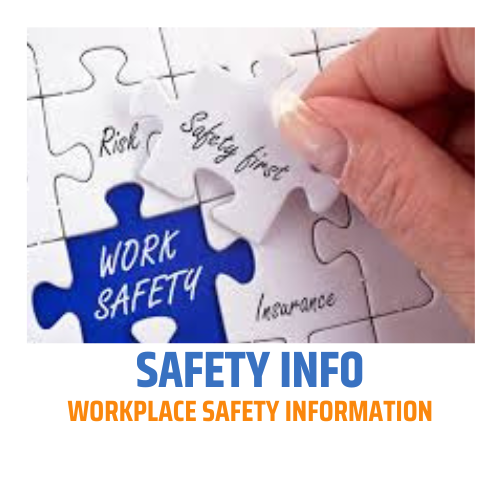How do you handle Heat in the Workplace?
Handling heat in the workplace requires a combination of
preventive measures and appropriate responses to ensure the health and safety
of employees. Here are some strategies to handle the heat in the workplace:
- Risk assessment: Conduct a thorough assessment of the workplace to identify areas of potential heat exposure. Consider factors such as temperature, humidity, physical exertion levels, and the use of protective equipment. This assessment will help determine the level of risk and guide the implementation of appropriate controls.
- Engineering controls: Implement engineering controls to minimize heat exposure. This can include installing ventilation systems, fans, or air conditioning to provide a cooler working environment. Consider methods to reduce heat sources or radiation, such as shielding or insulation.
- Work schedule modifications: Adjust work schedules to minimize heat exposure during the hottest parts of the day, typically from late morning to mid-afternoon. Consider implementing flexible work hours or rotating shifts to allow employees to work during cooler times.
- Hydration programs: Encourage and provide access to ample hydration for employees. Ensure clean drinking water is readily available throughout the workplace. Promote regular fluid intake and educate employees on the importance of staying hydrated, even if they don't feel thirsty.
- Personal protective equipment (PPE): Select appropriate PPE that provides adequate protection while considering heat stress prevention. Opt for lightweight and breathable materials whenever possible. Ensure that employees are trained on the proper use and care of PPE to minimize heat-related risks.
- Training and awareness: Conduct training sessions to educate employees about the signs and symptoms of heat stress, as well as preventive measures and appropriate responses. Promote a culture of heat stress awareness and encourage employees to communicate any concerns or symptoms promptly.
- Rest breaks and cooling areas: Encourage frequent rest breaks in cool, shaded, or air-conditioned areas. Provide designated cooling areas where employees can take breaks, cool down, and rehydrate. These areas can be equipped with fans, cool water, or cooling devices to provide relief from heat exposure.
- Personal cooling strategies: Educate employees about personal cooling strategies they can implement, such as wearing lightweight and breathable clothing, using personal fans or cooling towels, and taking advantage of shade whenever possible.
- Monitoring and supervision: Regularly monitor environmental conditions, including temperature and humidity levels, to assess the heat stress risk. Implement a system for employees to report signs of heat stress and ensure supervisors are trained to recognize and respond appropriately.
- Emergency response: Establish an emergency response plan for heat-related incidents, particularly for severe cases like heat stroke. Ensure that all employees are aware of the plan and know the location of emergency equipment and contact information for medical assistance.
Remember, every workplace is unique, and specific measures
to handle heat will depend on factors such as industry, location, and specific
job tasks. Consulting with occupational health and safety experts or relevant
authorities can provide further guidance tailored to your workplace's needs.







0 Comments